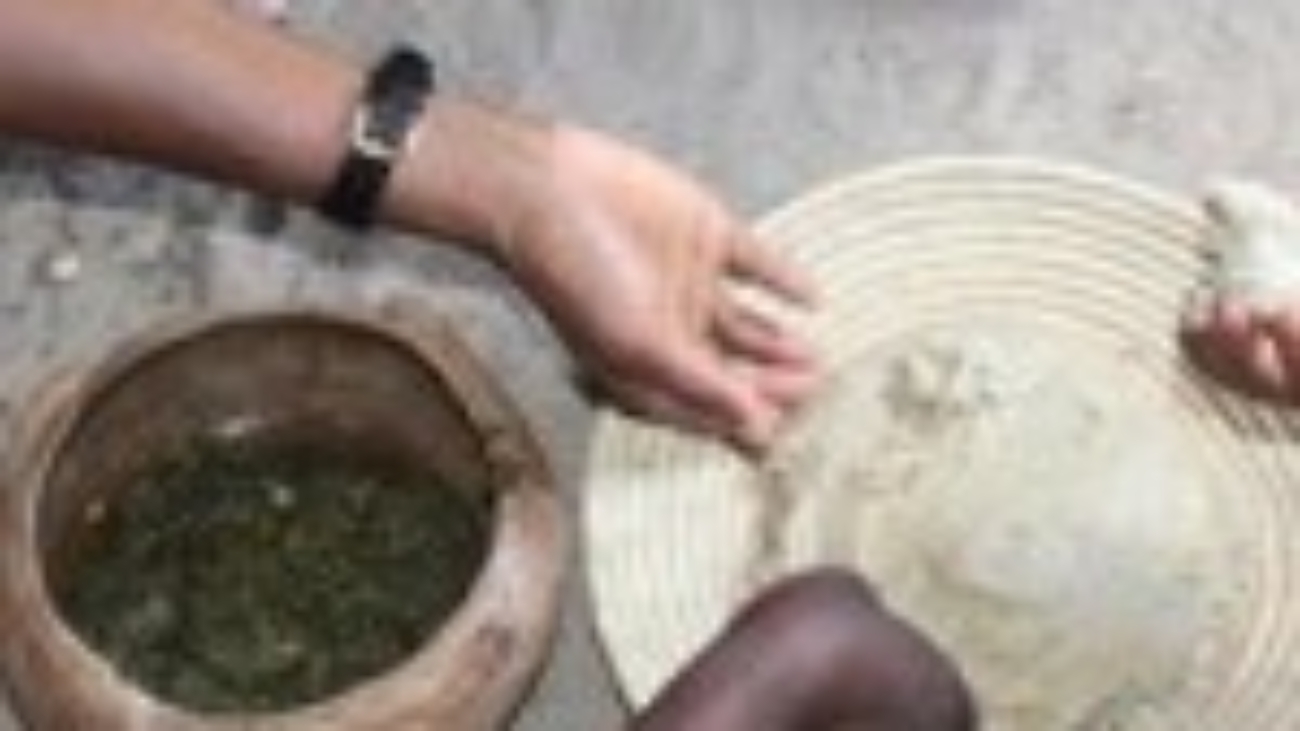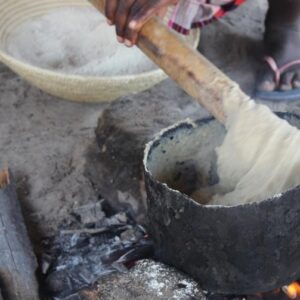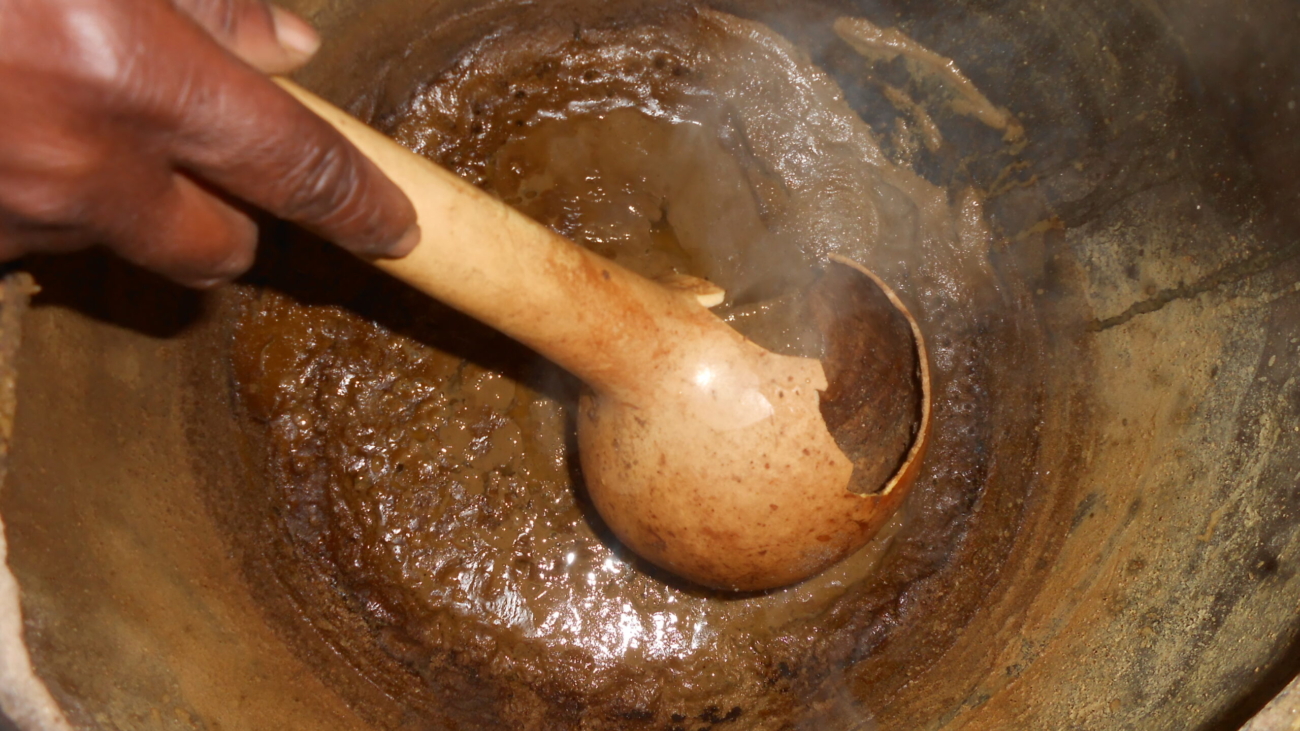Etanga leliwa olo limwe lomomaludi omatanga oo haa momapya. Momapya oha mukala yoo omatanga ngaashi, omatanga omungongo, omanuwa, omaliwa, no paemhito dimwe ohamu kala yoo omanyangwa.
Eliwa ohali kala lakula konyala lidule omatanga aeshe atongwa petetekelo, nohali telekwa pamaludi ayooloka. Etanga leliwa ohali dulu oku telekwa pamukalo woshimbobo, oikakole, ile li ningifwe omavanda.
Eteleko loshimbombo shetanga leliwa
Omatanga ngeenge akolo nawa, ohaa kufwako konanga oyo hayi ifanwa ina, ndele taa twalwa meumbo aka pungulwe. Opo ku telekwe oshimbobo shetanga, etanga ohali kukulwa tete, ndele tali shashaulwa mounhimbu vanini, opo li wane mombiya, loo lipye yoo diva.
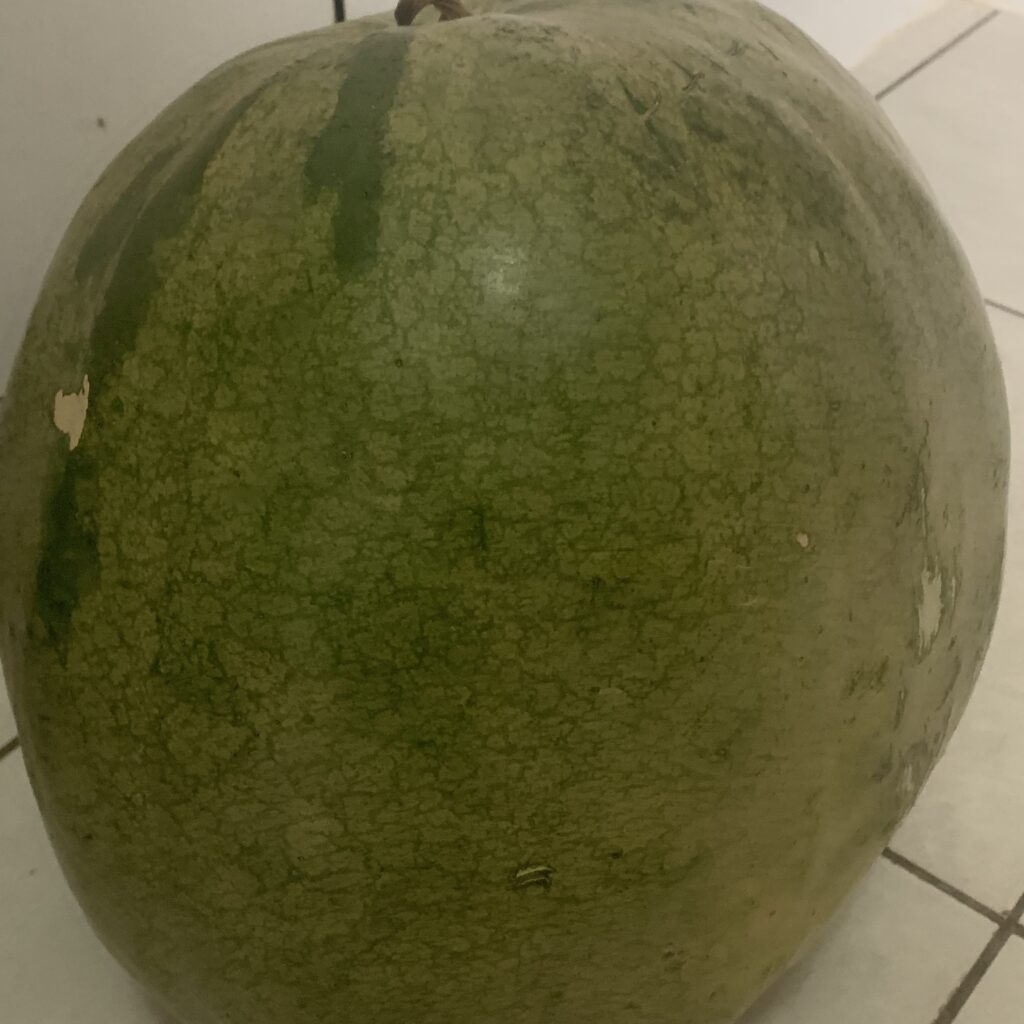
Oipambu yetanga konima lakokolwa, oha ipumwa okwee ndifwa momeva, noku tulwa mombiya. Mombiya inamu pumbwa oku tulwa omeva mahapu, osheshi etanga olina nale omeva, loo ngeenge ola hadwa unene omeva iha li pwiinine diva, noha li pu omulyo. Etanga iha li pula unene efimbo lile okupya, oha likwata lunga ominute omilongo mbali ile nhatu, she li kolelela kouhapu womundilo.
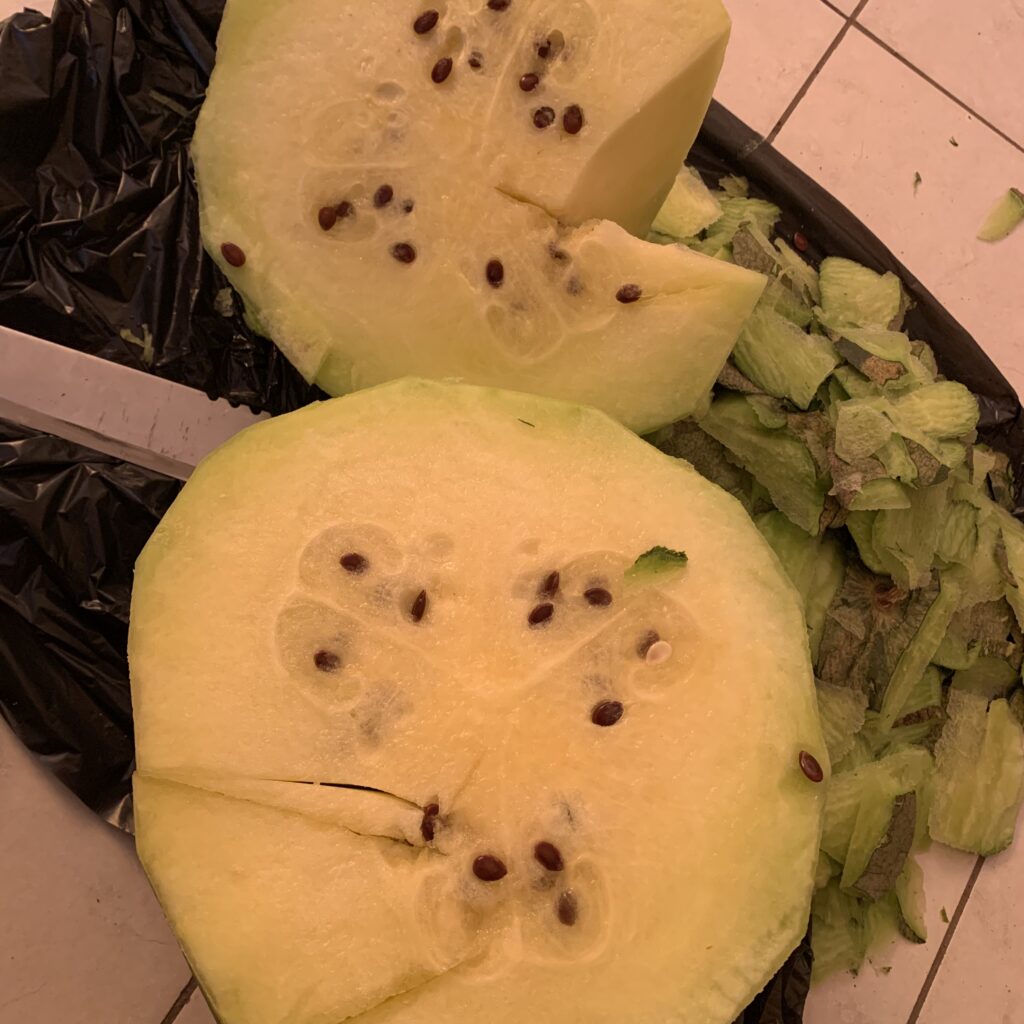
Konima eshi etanga lapya, oha li pilulwa noluko ngaashi omunhu ta teleke oifima, ndele fiyo tali tyanghauka nawa nawa. Oshima la tyanghauka nawa nawa, mombiya oha mutulwa oufila womahangu, ndele tau pilulilwa mo nawa. Etulemo loufila ohali ningwa pamaludi ayooloka, ovanhu vamwe ove hole oufila ta udikilwa mombiya woo tau ningi eenhiti. Eenhiti oha dikala ashike dafa omhingome, doo odi holike nee unene kounona nokovakulunhu ngaho vamwe. Omukalo umwe woku tula oufila mombiya, oufila ohau tulwa momeva matalala ayeleka nawa, tau pilulwa nawa mumwe nomeva, ndele taa tulwa mombiya. Omunhu ngee ta longifa omukalo ou okwa pumbwa oku kala ta pilula efimbo nefimbo opo ombiya iha ninge eenhiti. Oufila iha utulwamo uhapu unene osheshi ina li pumbwa oku pama ngaashi oshifima, olina okukala layula ngaashi oka tete. Eenhi oha di dulu okufiwamo osheshi ovanhu vamwe ovehole okudilila metango, doo vali odina oukolelele. Ashike ota di dulu oku kufwamo ngee omuteleki kedihole.
Etanga oha li wapala unene ngeenge la telekwa noufila womahangu utalala, kakele noufila ukukutu ohau dulu oku longifwa. Omatanga okwa yooloka pamulyo, ope na aa manyenye, naamwe ehena naana omulyo. Etanga ngeenge kalina mulyo, oha li dulu okutulwa oshuuka, ashike ina ipumbwa oku hadwa mo.
Omukalo wokuteleka etanga owa xupifa omaumbo pokwenye, osheshi omunhu iha kala vali noku lipyakidila noivelelwa, oha tula po ashike oshimbobo shetanga ndele ovaneumbo tavali. Luhapu oshimbobo shetanga ohashi liwa ashike omusha ndele ha uvalelo.

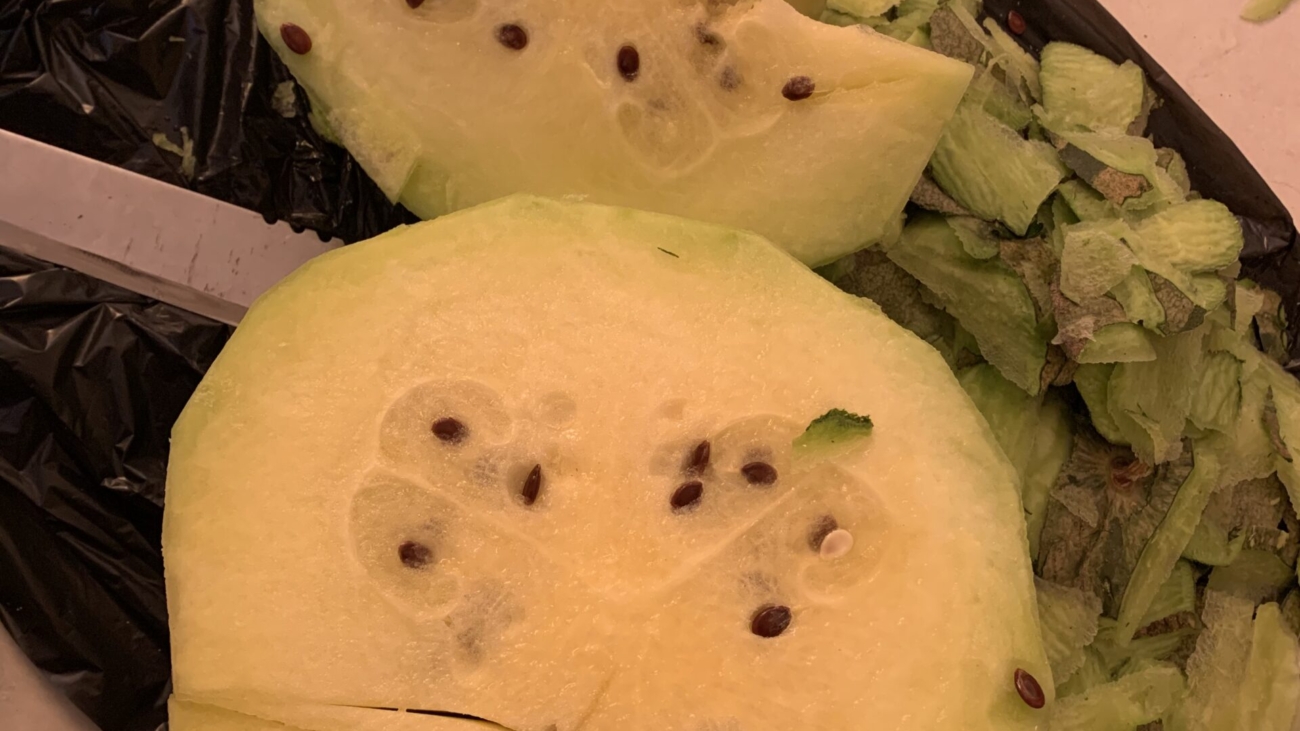

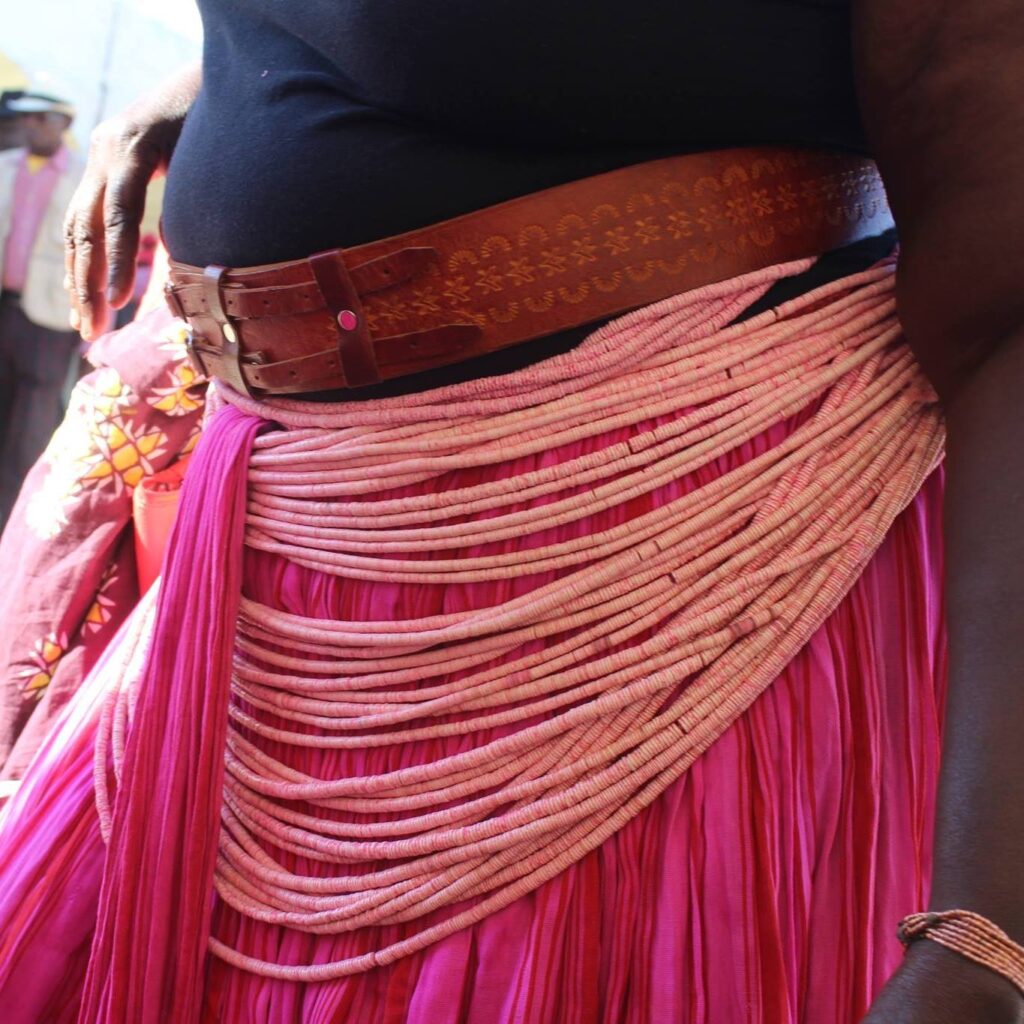




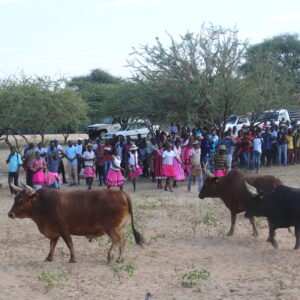 Eengobe ta di ulikwa ile ta di dana.
Eengobe ta di ulikwa ile ta di dana.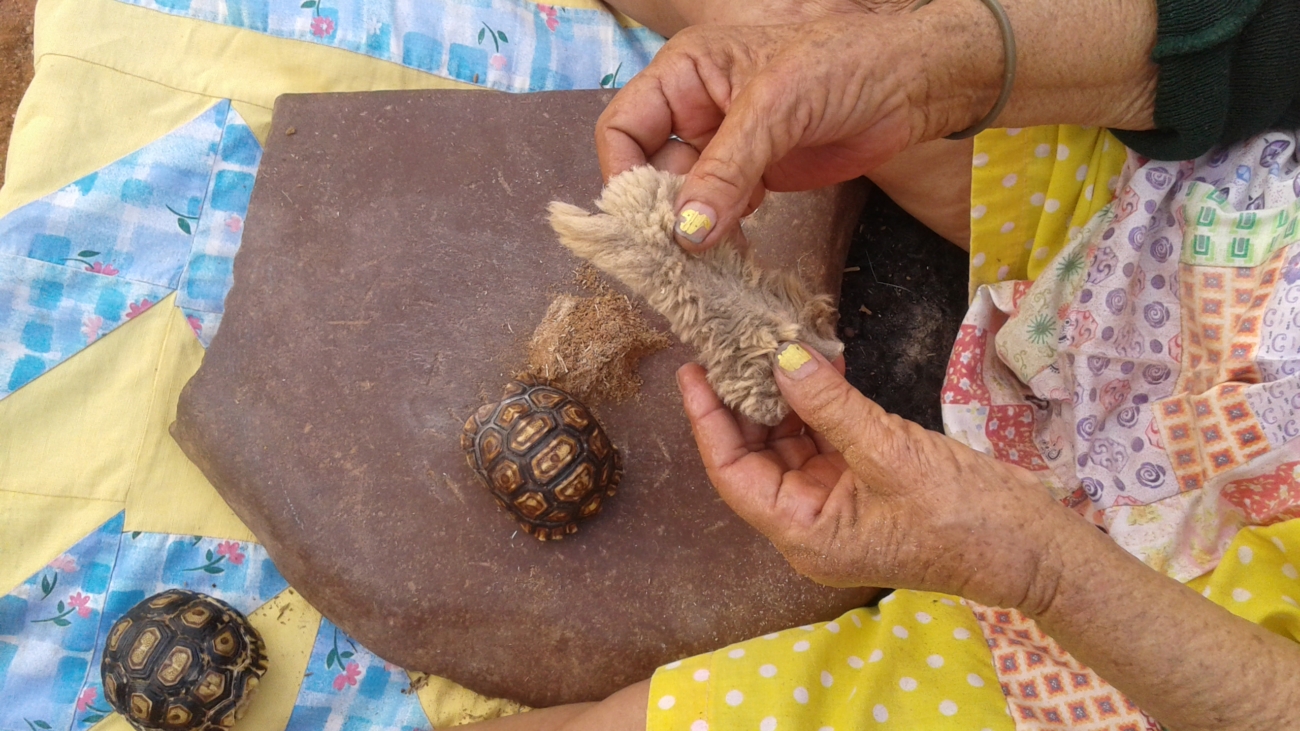
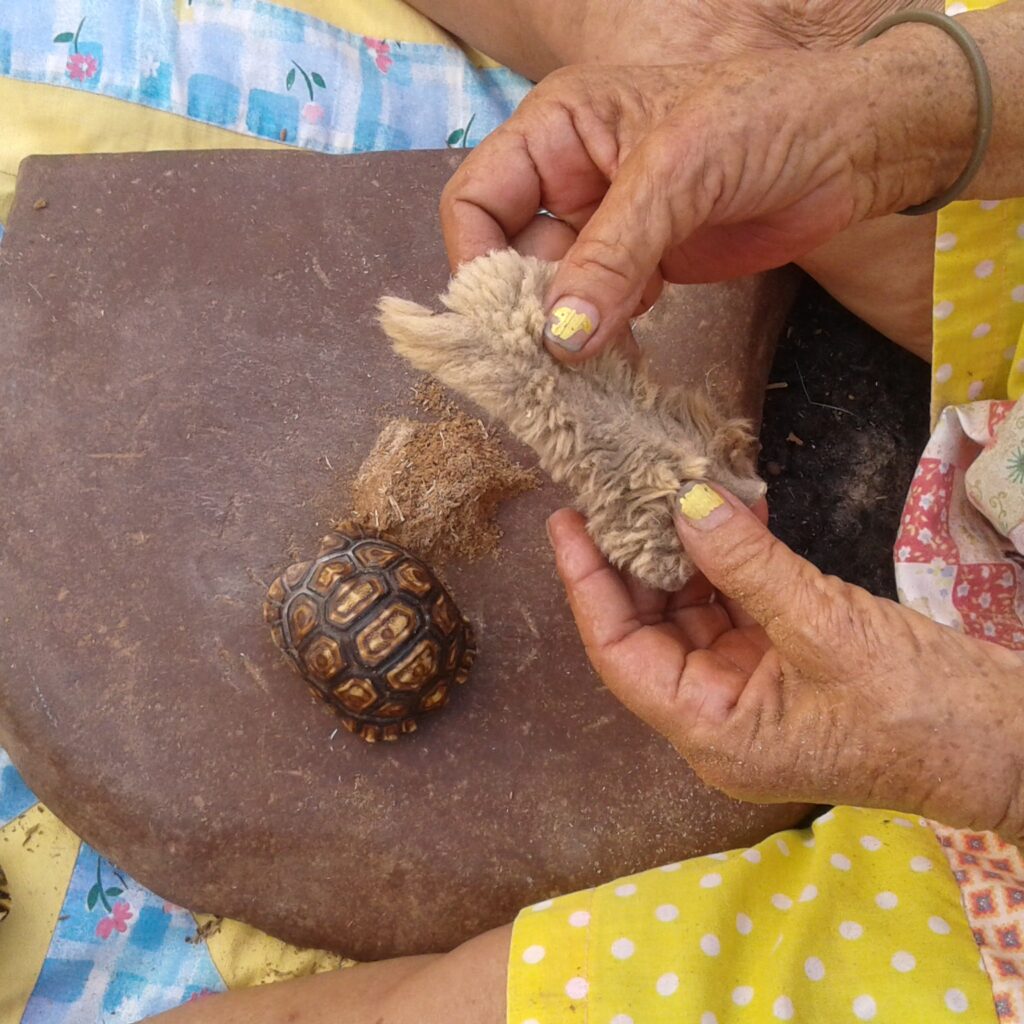


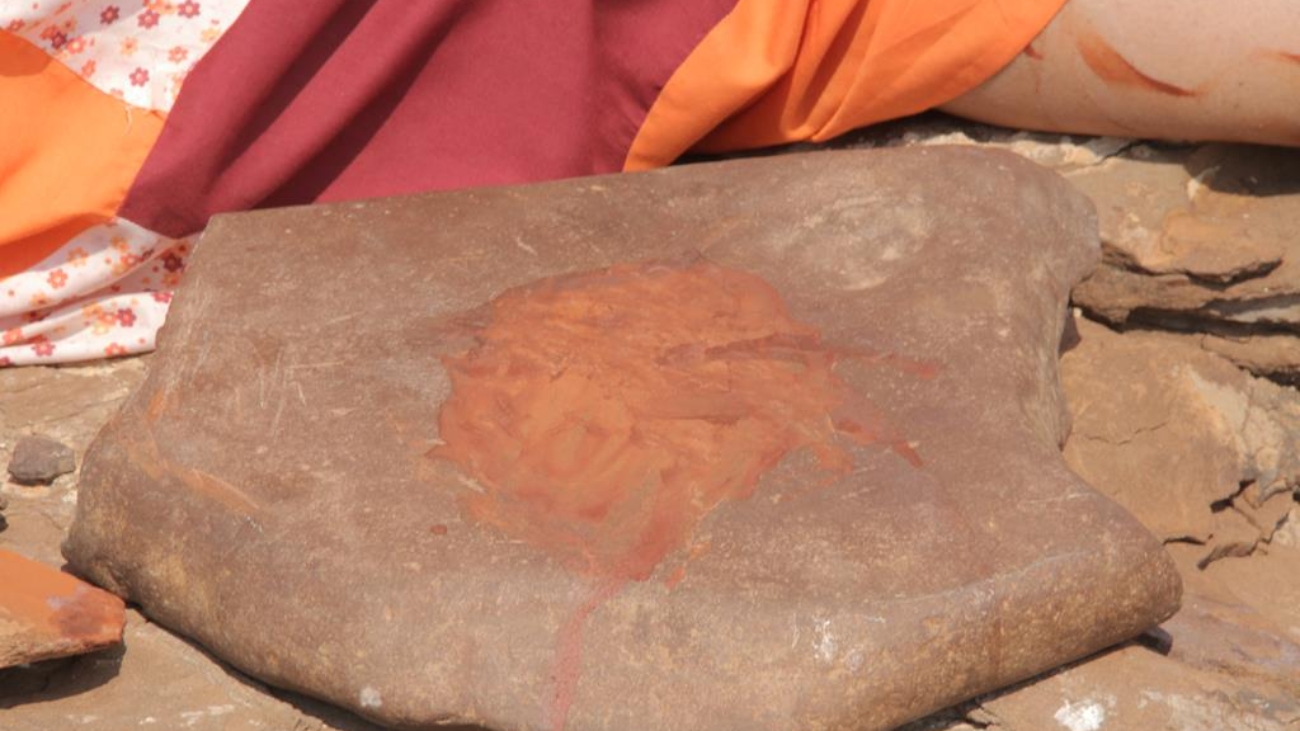
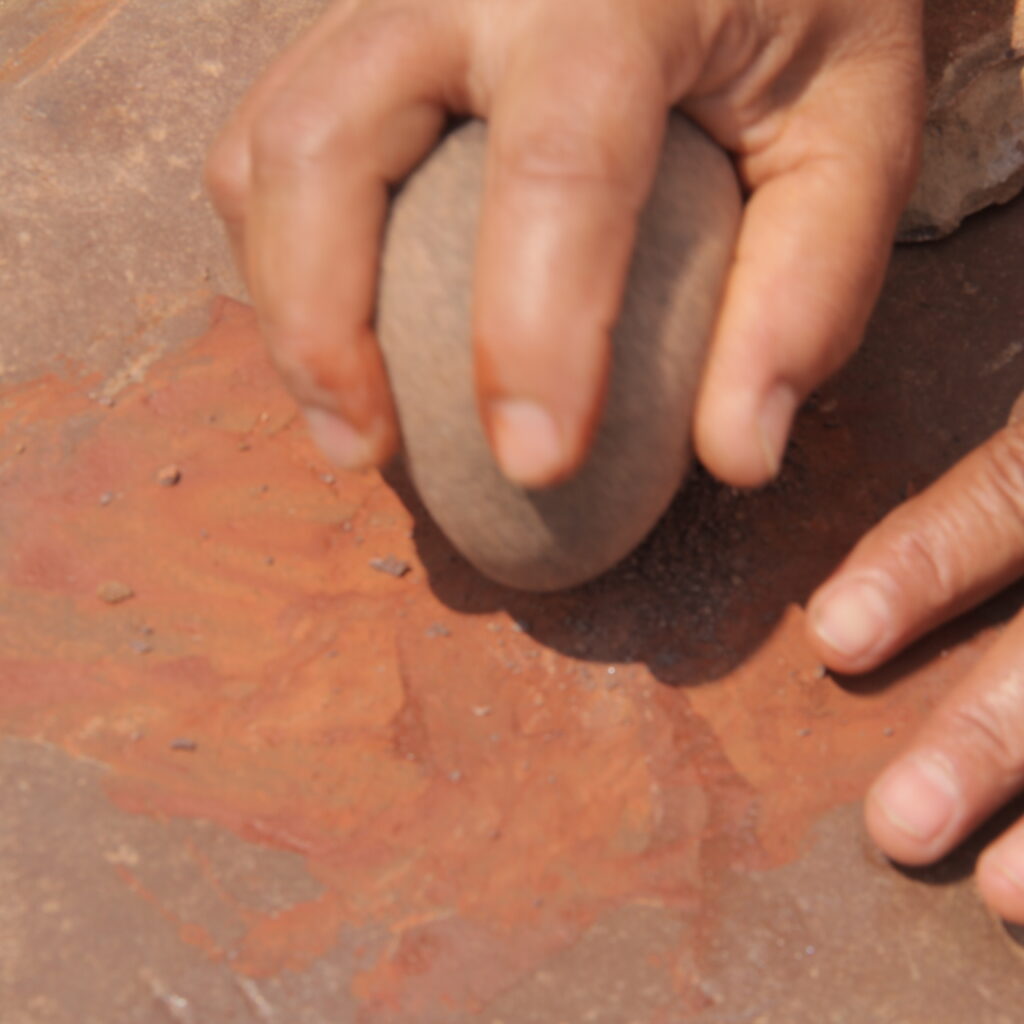
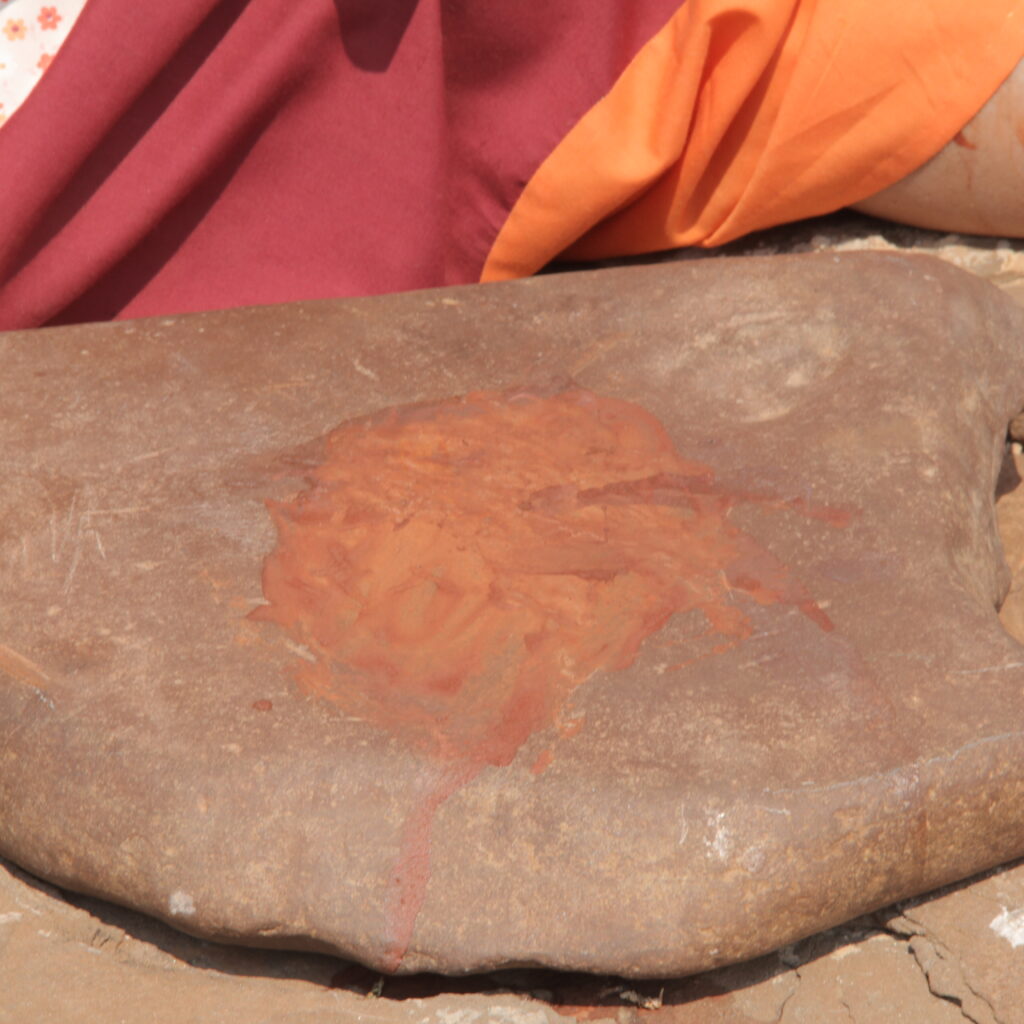

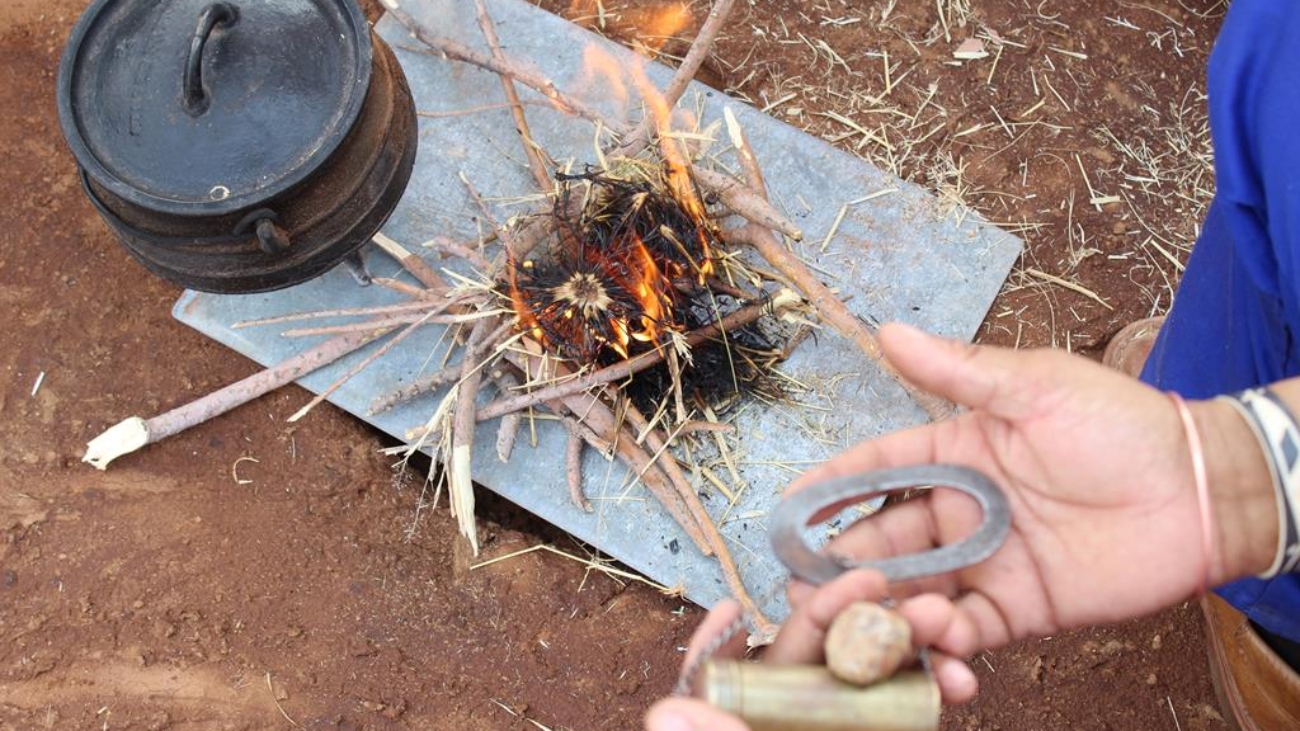
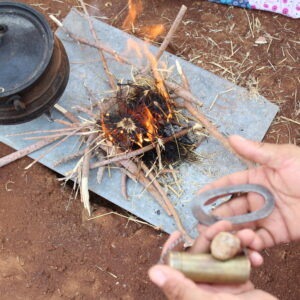 When a man is done lighting the fire, women can then start with their tasks of preparing meals. They however start by first spreading dry faeces of an Aadwolf (Earth Wolf) before placing the pot on the fire. The reason for doing that, is to keep the fire alive and to have good luck in the household.
When a man is done lighting the fire, women can then start with their tasks of preparing meals. They however start by first spreading dry faeces of an Aadwolf (Earth Wolf) before placing the pot on the fire. The reason for doing that, is to keep the fire alive and to have good luck in the household.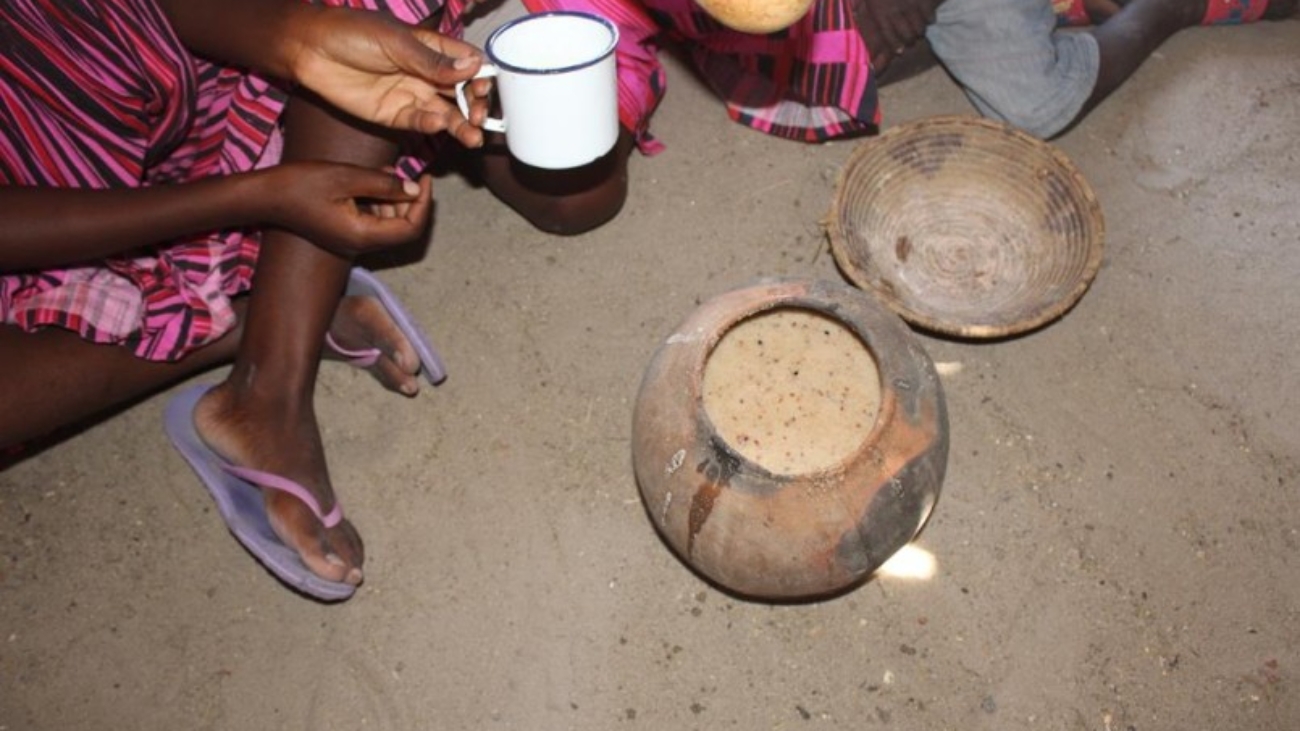
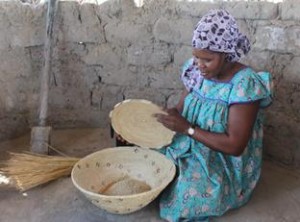 Oshikundu is a traditional beverage made with Mahangu flour mixed with Sorghum flour.
Oshikundu is a traditional beverage made with Mahangu flour mixed with Sorghum flour.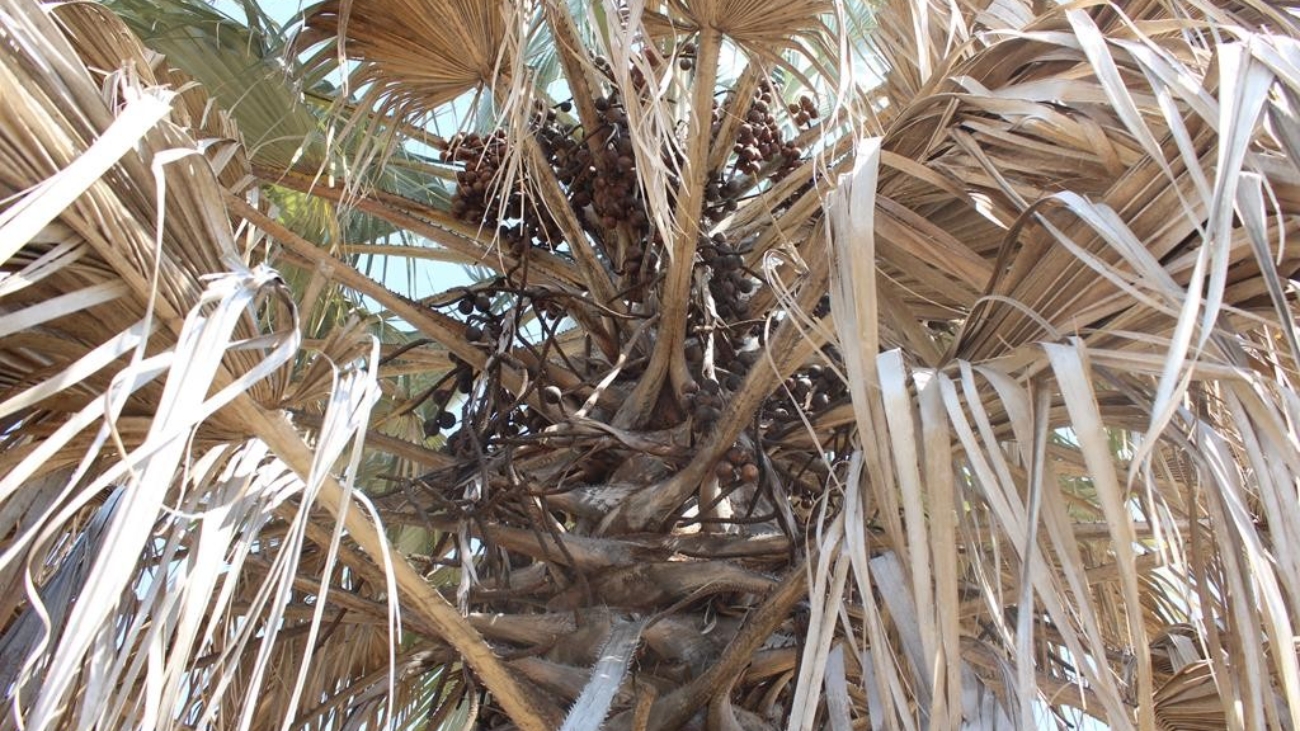
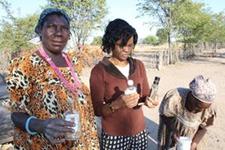 Ombike also known as “Wambo liquour” is a home-brew extracted from different indigenous fruits such as palm fruits, eenyandi, and dried bird plums through distillation.
Ombike also known as “Wambo liquour” is a home-brew extracted from different indigenous fruits such as palm fruits, eenyandi, and dried bird plums through distillation.